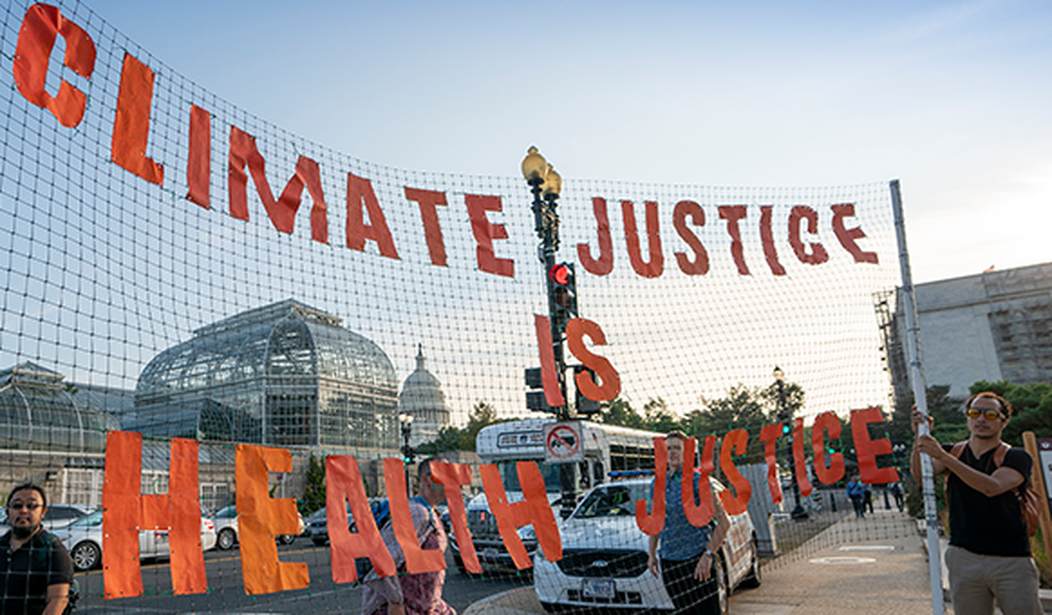A study published by Korean scientists has thrown cold water on the idea that cutting the amount of carbon in the atmosphere will automatically lead to lower temperatures.
In the study, the Koreans simulated how removing large amounts of carbon would affect the progress of local climate changes related to global warming. Computer modeling looked at the hypothetical scenario in which “carbon dioxide concentrations continued to rise from present-day levels for 140 years, then were gradually reduced back to the initial levels over another 140-year period,” according to Space.com.
The study results suggest that the local climate in these areas would not return to normal for more than 200 years after the carbon dioxide concentrations drop. The Mediterranean region, for example, plagued by ever more severe heatwaves, droughts and wildfires, would continue to suffer and could become even drier, the study found.
In the study, the researchers modeled the changes to the air circulation pattern called the Hadley Cell, which transports moisture from the equatorial regions toward the tropics of Cancer and Capricorn, which lie at about 23.5 degrees north and south of the equator, respectively. Scientists have known for years that the Hadley Cell circulation responds to climate change by expanding toward the poles. The humid air that rises from around the equator gets dumped back to Earth at higher and higher latitudes, causing worsening droughts in subtropical regions.
The problem, according to the modeling, is that the Hadley Cell doesn’t recover its original shape and extent even after another 220 years. This is critical because the way the cell is currently forming, it will likely cause drier and drier weather in these sub-tropical regions even with a reduction in greenhouse gases.
Related: Solar Panels Don’t Really Help the Environment, but They Do Help Our Enemies
Study lead author Seo-Yeon Kim speculates to Space.com that non-recovery of the crucial atmospheric circulation pattern has to do with the decrease in temperatures prompted by the carbon dioxide removal.
“One of the main reasons for this asymmetrical response [of the Hadley Cell] is the different response of the northern and southern oceans,” said Kim, a postdoctoral researcher at the Department of Earth and Environmental Science at Seoul National University in South Korea. “It’s related to ocean circulation. The response of the ocean is always slower than the removal of the carbon dioxide, and how fast the ocean responds then determines the recovery of the Hadley Cell.”
In the study, the team used current carbon dioxide levels as a starting point and modeled a scenario in which concentrations by a factor of four before being brought back to the base level. They didn’t model a return to the levels that were common in pre-industrial times, before humans began burning fossil fuels.
It’s not that cutting carbon won’t reduce greenhouse gases in the atmosphere. But will efforts to cut carbon from the atmosphere lead to lower temperatures and put the global warming genie back in the bottle? This study would suggest that scientists might want to soft-pedal the idea that we can save the planet simply by drastically reducing our burning of fossil fuels.










Join the conversation as a VIP Member